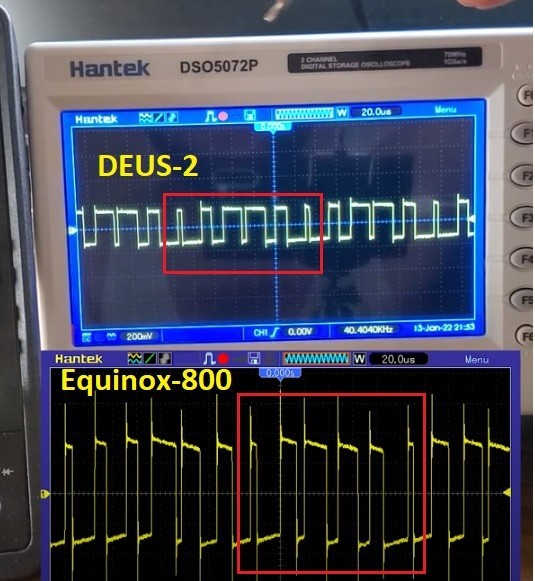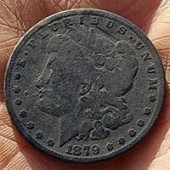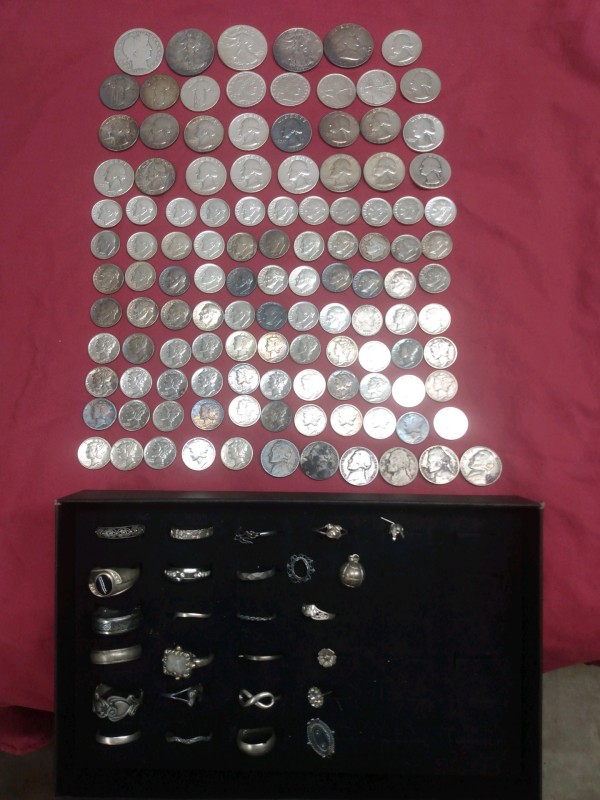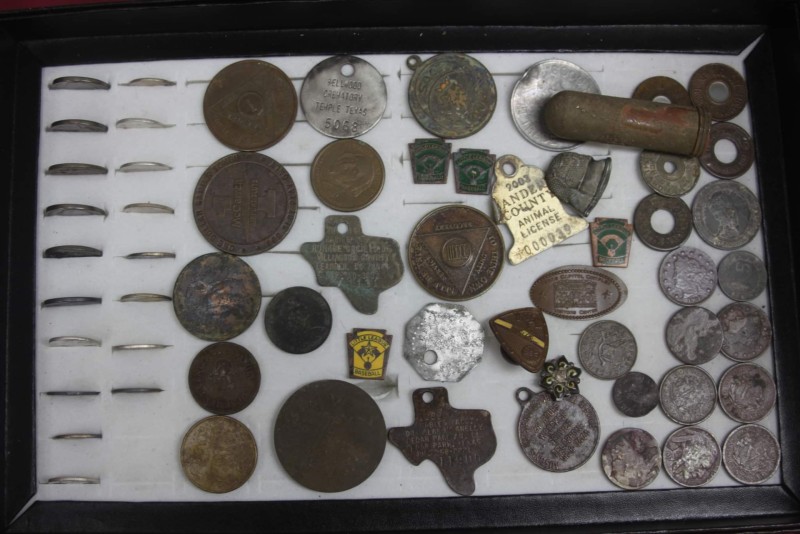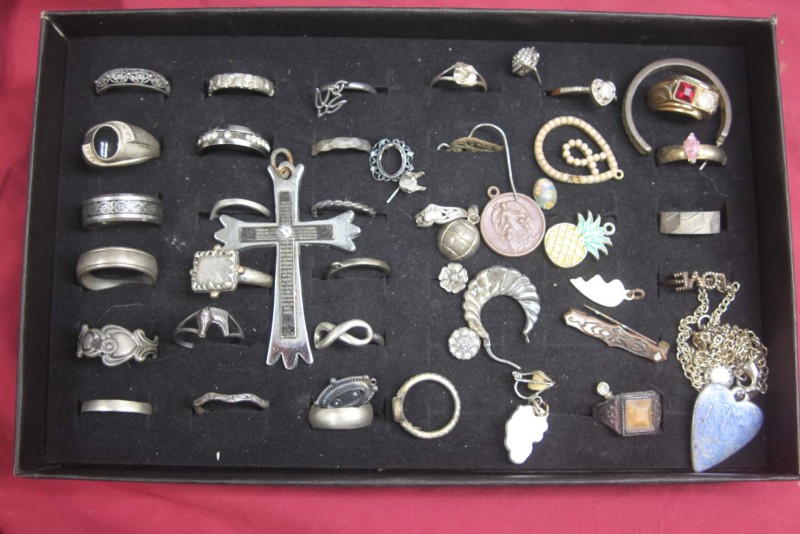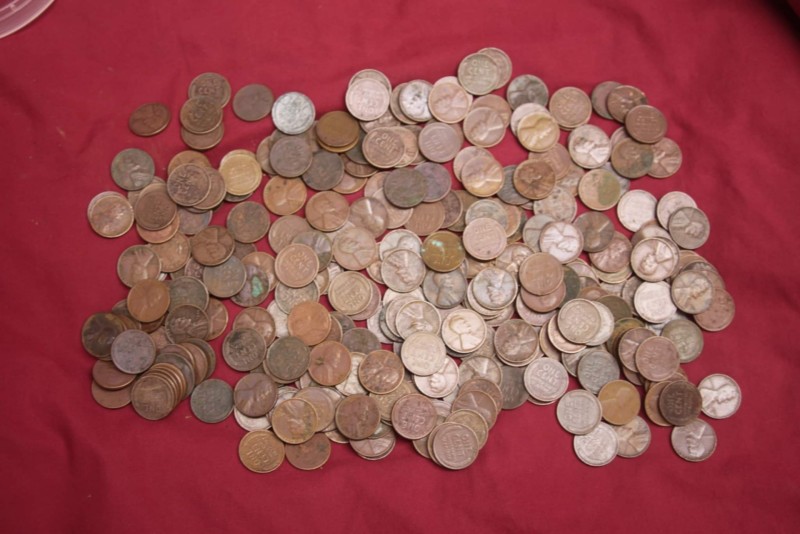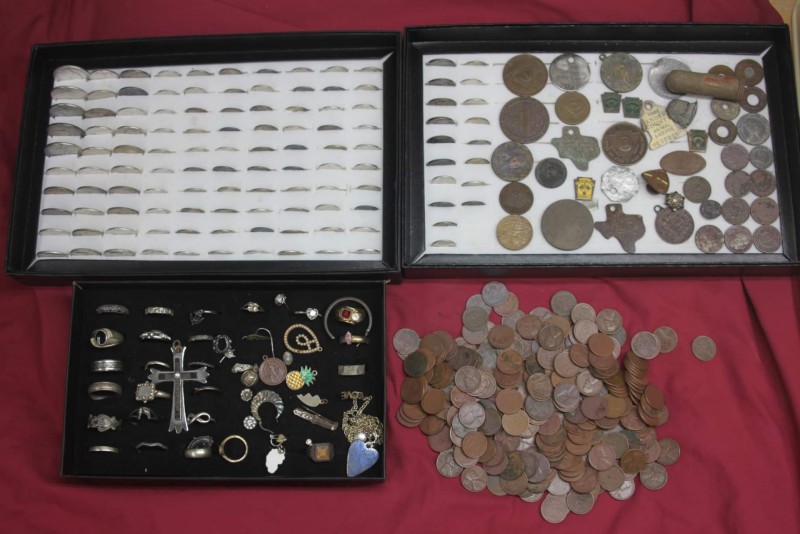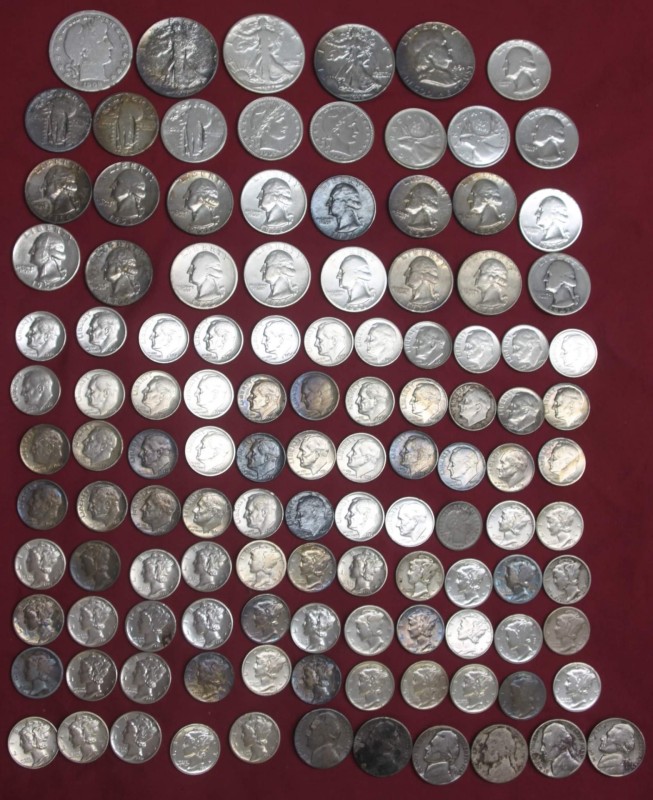Search the Community
Showing results for tags 'minelab equinox'.
-
I have a set of Apple AirPods that I can’t get to pair to the Equinox. Has anyone been able to try this successfully?
-
I have had a 600 for over a year now. There is much to like about the detector; however, the ergonomics are something of a problem. Unlike all my other detectors, I must use the Equinox arm strap, otherwise my arm will not stay within the arm cuff while swinging the detector. My original plan was to try to turn the middle rod into an S rod. I wasn't sure I could do this with just bending, or, if it would be smarter to attach a separate S section either mechanically, via welding, or even via epoxy. Since then, I have acquired two additional middle rods, one for each coil. This would now mean three times the work if I alter the middle rod. The other day I was looking at my AKA Signum MFD. It has the older style plastic housing. Rather than being a straight rod, or an S rod, it is more of a V setup. This got me thinking that if I bend the upper rod of the Equinox so that the arm cuff is higher, (similar to a hockey stick) this may solve the ergonomic problem, or, at least let me get rid of the arm strap. Has anyone tried bending their Equinox shaft? Will a simple conduit bender be sufficient to do the job?
-
Many of you will be aware that the 'Target ID' number given by a detector is related to the 'Target frequency'. 'High frequency' targets read low-down on the ID scale, typically because they are small, thin, or made of a metal that's a poor electrical conductor. Conversely, 'low frequency' targets tend to be physically larger, and more likely to be composed of better conducting metals. By careful measurement, it's possible to calibrate the ID scale of a given detector. I've done this for my Fisher F75 previously, it has a wide non-ferrous ID scale, from 16 -> 99, so it can give quite precise target freq. values. I finally got round to properly working out the calibration of the Equinox 00 -> 40 scale. I have quite a varied selection of test targets that I've used for this calibration. Some of this as a result of work done on the Geotech1 forum, where both PI and VLF's were used for tests. The real physical targets include squares cut from aluminium drinks cans, coins, precisely-made copper rings. The best target is a 'synthetic' one: a coil of wire, with a selected resistor as a load. Knowing the inductance and resistance lets you calculate the time-constant / frequency. Having taken a mountain of readings, it became apparent what Minelab have devised to create the scaling of the Equinox. It's actually very nicely done, and probably only possible as a result of using a high performance microprocessor. Each ID number step represents a fixed frequency multiple change from the previous number. This applies over the entire range from '02' up to '39' , covering a range from 80 kHz to 0.5 kHz. If you plot 'Target frequency' against 'ID number' on log/lin graph paper, you get a perfect straight-line graph. Here is some nerdy maths for you: The ratio from one step to the next is 1 : 1.1472 , so every 8 ID numbers represents a target freq change of 1:3 . An increasing ID number means a lower target frequency, (and a larger target time-constant). Target time-constant and target frequency are related by: 2 * pi * Freq * time_constant = 1 which may be useful to PI users, nugget-hunters. The designers obviously have to choose some particular ID value as their 'reference', and every other ID relates to this. It appears Minelabs engineers have chosen 'centre-scale' to roughly match the 7.8kHz operating frequency ( which dominates the Park1 / Field1 modes). A 7.8kHz target would actually read mid-way between '18' and '19', so technically they were 2 digits out, as it would ideally be 20/21. ( The numbers in the table are calculated. I chose ID ='20' as being a 25 microsecond target, and derived my figured from that.) A few things to note: This ID calibration is done for 'Park1' mode; 'Field1' should be the same. If you're using modes with a higher freq bias ( eg. Park2/Field2 ), the numbers can differ by a point, as you will have no doubt observed. The frequencies shown are for the middle of that ID value range. So for example, TID = '16' actually encompasses targets from 10.3 kHz -> 11.8 kHz Frequencies for ID values over '33' are estimated mathematically. I didn't have any useful test targets reading that high up the scale to verify the numbers. To get a true measurement of a test target, you need to measure it at a test frequency close to that of the target. If you use a different measurement frequency, particularly one higher than the target, you can get errors due to 'skin effect' , where not all of the sample's metal is being measured. So, for example a US silver Dollar has a target freq of something like 0.85 kHz. But measure it with a typical 10 kHz detector, it looks like a 1.2 kHz target.
-
I've been monitoring the development of the NoxBox: https://metaldetectingforum.com/showthread.php?t=294266 Seems like it'll be a great waterproofing option for those who like to use the Equinox in wet environments. The only thing holding up development right now is the designer's need for an Equinox that's in bad shape (or broken).
-
can anyone help me please so i was metal detecting for 3 days straight now with Equinox 600 on 22-23 sensivity but for some odd reason no signals coming to my machine in 3 days i only managed to find some coins nothing else no trash no pull tabs no nothing something got my attention the inside of the water sand turned something like this and seawater witdrawed i tried to demonstrade underwater sand with paint
-
Just sold my Nox800 for $750.(Lost around $60) It was New in the box but never opened since I bought it in July 2021. Got my 15% off with the Military discount. Thought I would be using it but for 6 month was not used or taken out of the box. I think I will buy the Next NOX when it comes out(Hopefully soon} Maybe then I might start getting back into the hobby........JT
-
If the Nox is not well ground-balanced on ferromagnetic ground, it falses (due to ground) in low negative VIDs, I understand? What VIDs are likely if the ground blance is off on the wet salt beach (or surf)?
-
https://www.minelab.com/equinox-software-update-3-0 This should be fun to try out this weekend.. Curious what the "various stability enhancements" are... A new Single Frequency of 4 kHz has been added to the existing 5, 10, 15, 20 and 40 kHz options. This new 4 kHz frequency enhances the detection of large deep targets, particularly those found in parts of Asia. As a result of optimising for these conditions, this new frequency may respond differently for users compared to the other single frequencies. All other single and multi-frequency settings are unchanged in their performance. In addition to the 4 kHz upgrade feature, various stability enhancements have been included.
-
Here's a video of the Deus 2 and Equinox on the buried dimes at 6 & 7 inches. There are a number of things I forgot to do in these videos that I just didn't think about at the time. So they are just an idea of how the detectors perform. I'll have more videos coming with gold nuggets being ran over with various machines and the actual use of the Deus 2 and Equinox in the field nugget hunting. With work and trying to sort out video footage from 3 different sources it may take a few days. I'm open to any comments about what I did wrong or should have done differently. As well as being open to any of you that currently own the Deus 2 and how to set it up in different ways.
-
hi to all im currently using the equinox 600 and considering upgrading to nokta legend i only metal detect underwater so the underwater performance of the machine is very important to me also the customer support is very important too unfortunately minelab is an export machine in my country and the parts of it are very hard to find in my country fox example the koss headphones is very hard to find in here etc etc what are your thoughts is it worth getting the legend ?
-
So my headphone connector went all the way into the pod and would not tighten. It seems like the it broke or unscrewed. Now my headphones will not work. Out of warranty heading back to Minelab soon. Chit.
-
Do you think Minelab would market software updates for the box.i would pay handsomely for new features.8 have no desire to learn a new machine.i can't be the only one thinking about that!!!what say you???
-
The attached pdf file is a brief side by side comparison of the Minelab Equinox 800 eight (8) search modes/profiles to the Nokta Makro Legend four (4) search modes per their respective "User Manuals". Hopefully you will be able to open & preview the file by just "clicking" on the attached file below. Nox Manual vs Legend Manual.pdf
-
Nuggets found using Gold Mode, MF (multifrequency). Largest 9.8 grains, two smaller 0.6 grains each. Full report here. OK, there has been a lot of speculation on Gold Mode, and with Equinox shipping out in the next couple weeks I can now offer the basics. Gold Mode is designed to help optimise the finding of very small items. That normally means small gold to most people, so it has been called Gold Mode. A question that has been asked a lot. Is Gold Mode a true threshold based all metal mode? Not as I would define it. On many VLF detectors a true, raw, unfiltered response can be seen via some pinpoint modes. All metal non-motion response. Next would be a motion based "first derivative" all metal mode, that basically adds motion filtering to the raw pinpoint signal in an attempt to keep an even threshold while in motion. This mode has no discrimination capability at all and just signals targets. This is the classic "true" all metal mode used on early induction balance prospecting detectors. Next would be "second derivative" filtering that is the classic motion based discrimination we see on most detectors today. Then along came dual channel processing. Many detectors started layering a visual discrimination channel onto the all metal channel, creating detectors like the that have a visual target id while in audio all metal mode. The X-Terra also has what is called "Iron Mask" while in Prospect Mode, which apparently incorporates a ferrous reject into the channel or employs a layered parallel channel. I don't know the technicalities, just that the feature is there. Are these "true" all metal modes? Not by old school definitions. And so to me at least Gold Mode does not fit that particular definition. The threshold, while it exists, responds more to items that are nulling on masked items (which may include ground and some hot rocks) than to ground variations in the classic sense as would be expected of a pure all metal mode. However, the extra capability offered sure does not have me pining for a true threshold based all metal mode. Gold Mode can run at MF (multifrequency), or 20 kHz or 40 khz. It does fit the definition of being an all metal mode by not being able to employ target tone identifications as is available in all other modes. You have a single tone, but it is adjustable for pitch. You do however have full time on screen target id numbers displayed at all times so you do have visual discrimination ability, but Gold Mode goes one more step, and you can also block/mask/notch just like you can in other modes. This is particularly important for the very low numbers down around -9 and -8 as some ground and hot rock responses roll in around there. Blocking low end ground responses causes the threshold to null (assuming you have it set loud enough to hear it) and so the nulling effects can alert you to ground changes and a possible need to tweak the ground balance if you are running in manual. However, what makes Gold Mode different in my mind is the processing, and in particular the audio, which employs a VCO based boosted audio that conveys the target in a way that gives a fuller picture of target intensity. The other modes have the standard Minelab modulated "beep" that simply gets weaker or stronger depending on the size and depth of target. The Gold Mode VCO based "rising/falling" response is more akin to what is seen in machines that produce that "zippy" response on tiny targets. The bottom line is Gold Mode can provide stronger audio responses on tiny targets. The large coil is fighting this a bit as a smaller coil or an elliptical will provide even tighter, zippier responses. The Gold Mode is not an automatic magical solution; it is simply a mode processed in a different way that can be advantageous in some situations and not in others. I expect given how some of us are very particular about how machines sound and act that this will be a mode some people really love and others might hate. VCO tends to have that effect on people. To sum up, Gold Mode is optimized for tiny targets, the most obvious way being with a boosted VCO type response on tiny targets, but there may be more to it than that I am unaware of. It does have both volume and threshold controls and while it is monotone the pitch can be varied. There is full time on screen (LCD) target id information as will as the ability to individually mask responses, mostly intended for hot ground/hot rock/ferrous responses but it may be used on non-ferrous targets also. Anyway, for those who think this is a key issue for them between Equinox 600 and Equinox 800 I wanted to try and clarify this a bit while people are still in pre-order mode in case people want to rethink things. To me the Equinox 800 is something I have to have based on the audio and other advanced tuning options, and Gold Mode is just an excellent bonus. in other words, I would still get the Equinox 800 even if Gold Mode did not exist. That's just me however and for others that lean differently hopefully this helps you out. https://www.detectorprospector.com/forums/topic/7468-my-tips-on-nugget-detecting-with-the-minelab-equinox/
-
I had so many incredible responses to my first post that it made perfect sense togo back to the well and run this by you all. With my DMX in it's later years another detector is will be in my future. I've been researching a number of sources including YouTube hoping to narrow down my choices. Considering finances.... to date I have settled on 2 detectors. The Gold Monster 1000 and the Equinox 800. Both are in the same price range....both get good reviews and I see them producing nice finds. The operation of both seem relatively learnable and so far I am finding no negative reviews. I do question some of the YouTube posters for one reason......it seems the reputable posters have allegiance and financial deals with manufacturers. Again it's my goal to keep the cost down for now while I learn as much as possible about the art of proficient detecting using my Gold Bug 2. Once I'm comfortable with where I am I will consider a higher end detector. I can manufacture a few more AR's and sell those to fund my next purchase. That's where users of these units come in to play. Will someone detail your real world reviews of these detectors? I trust this forum won't steer me wrong. Thanks in advance!
-
in this video we can see that the main transmitted signal is the same - Multi signal Equinox Park/Field/Gold = Deus-2 pr.1/2/3/4/8/12 - Equinox Beach and Deus-2 pr.5/9/11 signals are slightly different, but the upper frequencies are the same 24кГц - Equinox does not have a low-frequency signal, like deus-2 Deep and Diving program (Pr. 6/10)
- 9 replies
-
- 3
-

-
- detector tech
- minelab equinox
-
(and 1 more)
Tagged with:
-
What profile is typically better for wading or diving in freshwater? I am assuming no presence of black sand or other strong mineralization in soil or the water. I venture to say, the same settings that works on surrounding land! However I haven’t spent enough detector time to form a strong opinion. What have other Equinox users found to work well? Billy
-
5F×8 (used in EQUINOX 800*) 5F×8 (Five Frequency Times Eight) provides five individual transmit frequencies in the one metal detector, selectable at the push of a button. Each transmit frequency optimises the detector for different size targets and conditions. EQUINOX 800 offers 5 single frequencies of 5, 10,15, 20, and 40 kHz, giving an 8 times range or ratio from 5 to 40, hence the 5F×8 technology designation. The individual selectable frequencies in EQUINOX 800 are: 5 kHz - Great for large silver coins 10 kHz - Good for small Roman hammered coins 15 kHz - A good general treasure detecting mode 20 kHz - Ideal for general treasure detecting and gold prospecting 40 kHz - Optimum sensitivity to very small gold nuggets Having five selectable frequencies gives the versatility that is equivalent to five conventional single frequency detectors. Note that EQUINOX Series detectors also feature Multi-IQ technology which allows you to operate all available single frequencies plus more, simultaneously. The option to operate your detector in a single frequency can be helpful if you are experiencing excessive ground noise when using the Multi-Frequency setting. *The Equinox 600 3F×3 (Three Frequency Times Three) offers three single frequencies of 5, 10, and 15 kHz, giving a 3 times range or ratio from 5 to 15, hence the 3F×3 technology designation. However, both the Equinox 600 and Equinox 800 offer identical Multi-IQ modes covering the full frequency range. The Equinox 600 simply disallows direct access to the 20 khz and 40 kHz single frequency modes. More on selectable frequency and frequency spread here.
-
It did not happen to me but to a friend of mine, he searches a lot in the sea, lately it has turned off in the water, he tried to turn on but nothing happened, he put it in the car and on the way home the nox suddenly turned on alone. I had him check the battery, it measured 4.1 volts, there is no humidity in the battery compartment, when he tries to turn it on you hear a click but it does not start, I made him change the coil but nothing happened, I think the only solution is to send it in for repair. What do you think about it? Has such a thing ever happened?
-
Here's a few pics of last years finds. All were found in public places, mainly parks in Texas. I did hunt 1 school and 1 baseball field. My specialty is, hard hit, given up on places. I love the challenge of finding what was left behind. I use the Nox 800 and have it set up to cherry pick copper and silver 90% of the time. If I get into a really old place or around water, I'll open it up a bit. I use my tones as a discrimination , I run wide open . Total silver coin take was 117 and a 287 wheaties, total silver finds 144. Not sure how much clad I found, I cashed it in 3 different times during the year. I'm going on my 4th year with the Nox and have done very well relic, coin and water hunting during that time. Here's my settings. Park 1 Iron Bias F2-0 Ground balance 0 Recovery speed 3 2 tones... pitch on -9 to 17 at 3 from 18 and up at 25 Tone break at 18, unless in older places or around water. No discrimination Sensitivity as high as the site allows. Coil scrubbing the ground and a slow sweep. I know what a lot of people are thinking, just think of all the stuff you left behind. I was having to drive 1 to 2 hours one way to get to some of these places. I have to maximize my time because of the time factor.
- 14 replies
-
- 21
-

-

-

-
- coin detecting
- jewelry detecting
-
(and 1 more)
Tagged with:
-
Refer to page 48 in Minelab Equinox Manual: Am I missing something or is the instruction wrong or a type-o? Manual states: "The non-ferrous setting can not be a higher number than the ferrous setting." Should it not read: "The non-ferrous setting can not be a lower number than the ferrous setting." Of course it may have 'flew over my head' . . . I've spend some time attempting to clarify the statement but it still appears like a type-o. What's the verdict? While on this subject: Are t1(50Hz) and (t2)500Hz fixed in terms of pitch or frequency? I would think they are permeably set. Just curious. Thanks, Billy
-
I am a frequent beach hunter of S. CA beaches and have found over the last couple of years that almost all hunters are using Equinox 800's. Not like the old days where you would see Fishers, Whites, a random Garrett and even a Tesoro on occasion. Which leads me to the reason for my post. My go to machine on the beach is an Equinox 800 with a 15" coil. It is rock solid, gets great depth and has rewarded me with a lot of nice3 finds. However, I also have a TDI Beach Hunter. Now before I stir up all of the PI guys who will insist that a PI will go deeper than an Equinox, I'm not going in that direction. What I am curious about is the deeper targets vs. more trash targets aspect of using one machine vs. the other. My own personal experience has been that when I have used my TDI Beach Hunter, and the competition is using Equinox 800's, I am always low man when it comes to good finds. While I may be getting better depth, the amount of junk I have to dig (rusty hairpins in particular) slows me down in terms of coverage while the Equinox guys are covering a lot more area and finding more good stuff. Have any of you had a similar experience and if so, when can you justify using the TDI Beach Hunter (or a different PI for that matter) instead of the Equinox 800? Bill (S. CA)
-
Hello. I've been doing lots of research but I think it's about time that I consulted some experts in this field. What is the difference between Minelab multi IQ and Ace Apex multiflex technologies

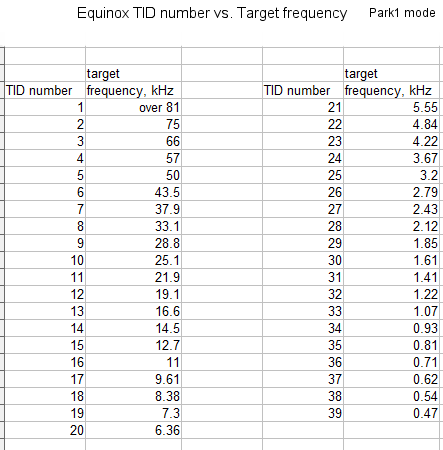
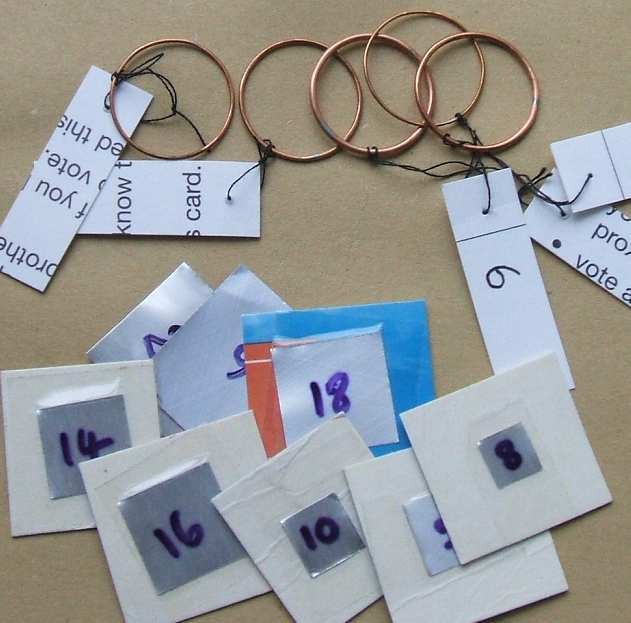
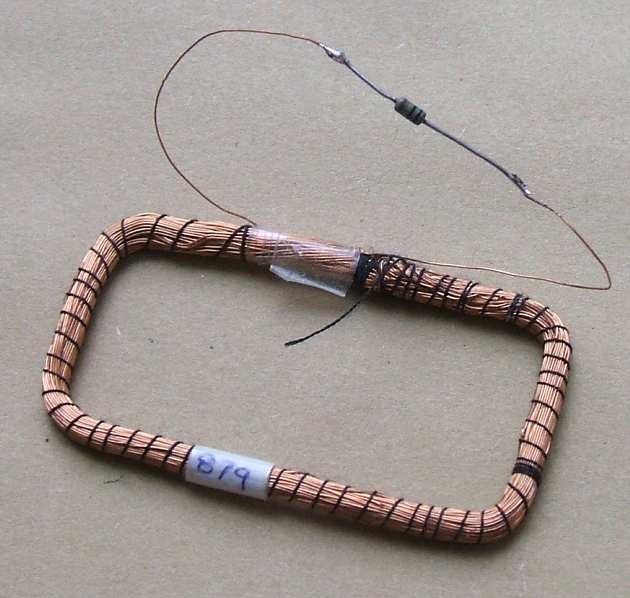
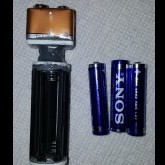
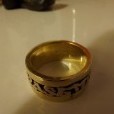
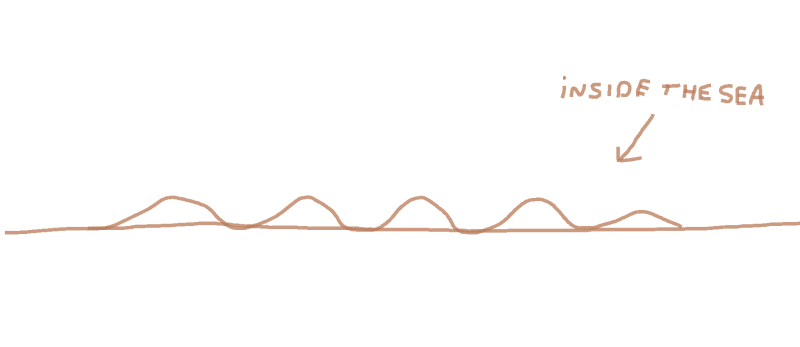



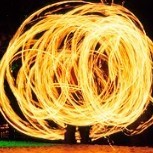
.thumb.jpg.d71314a45f3dc82bf75ac1b96e7e9201.jpg)
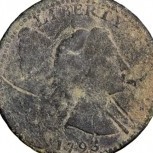
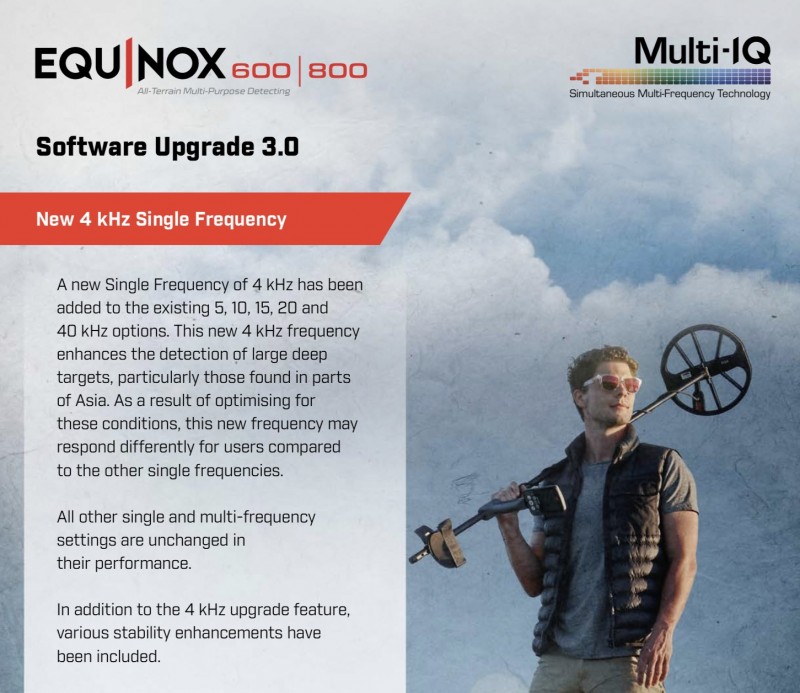



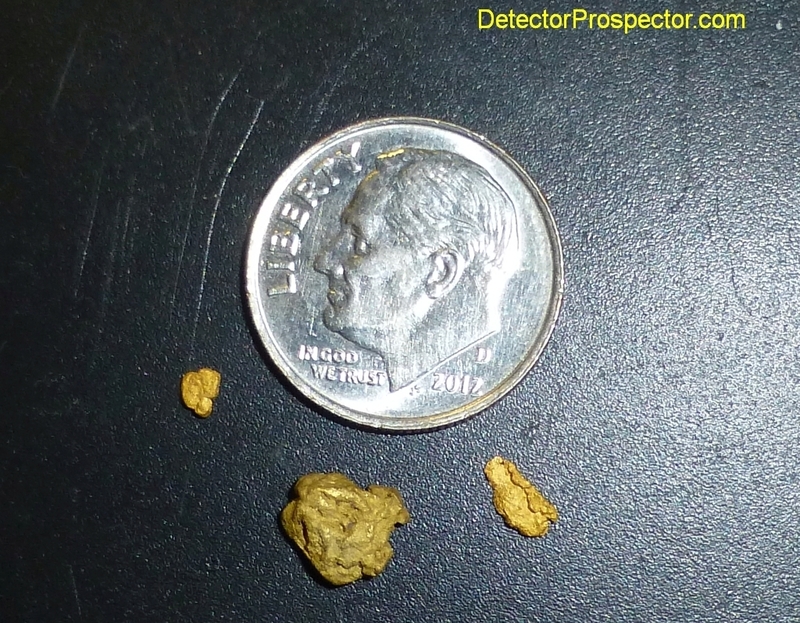
.thumb.jpg.774e04a1bfda55dff54d5d8c878c2791.jpg)
